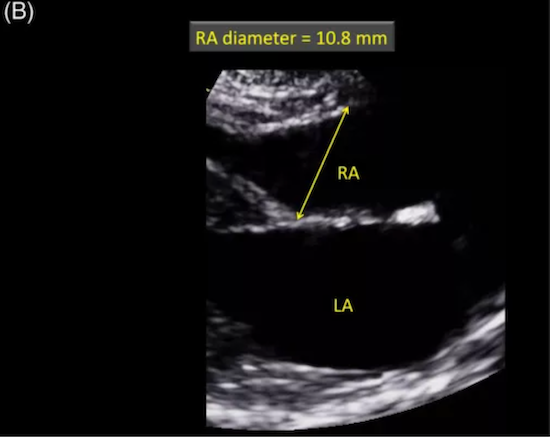

#Install xlstat biomed free
10– 12 For biomedical applications, these boronic acid-based sensors must operate in aqueous media at physiological pH around 7.4 and be free from endogenous fluorescence interference. However, there is a renewed interest in measuring other sugars in biological fluids, such as in blood serum and urine. 9, 10 Largely in relation to diabetes, development of fluorescent-based glucose sensors has been the focus of much of this research. 8 Saccharide recognition by boronic acid derivatives has grown into a major field, taking advantage of the intrinsic affinity of boronic acids for 1,2-cis and/or 1,3-cis diols. For permeability testing to advance to routine use, more rapid and cost-effective analyses of sugars and sugar alcohols in biological buffers, urine, and blood are desirable and would facilitate other lines of biomedical research where sugars and sugar alcohols need to be measured.īoronic acid-based methods have been developed for sensing glucose in biological fluids 7 as well as for other assays for a variety of sugars. 6 Although sensitive, the labor-intensive nature of these methods and cost per analysis hinder the use of this method in large scale studies that require analysis of multiple samples per day. 5 Classically, small intestinal GI permeability is quantified by measuring urinary excretion of orally administered lactulose and mannitol by high-pressure liquid chromatography (HPLC) analysis in combination with an evaporative light scatter detector or mass spectrometry.

1 For example, it has been used to detect mucosal damage in humans and animals in studies connected with inflammatory bowel disease (IBD), 2, 3 celiac disease, 4 and type 1 diabetes. Performing GI permeability assessment provides an alternative approach to screening for malnutrition and several gastrointestinal diseases. For example, assessment of in vivo gastrointestinal (GI) permeability uses oral ingestion and subsequent analysis of combinations of sugar and sugar alcohol markers in urine. Measurement of sugars and sugar alcohols in biological fluids is increasingly important in clinical practice and research. This proof-of-concept demonstrates the potential for BBV arrays as an attractive alternate to HPLC to analyze mixtures of sugars and sugar alcohols in biomedical applications and sheds light on structural motifs that make this possible. Another triad containing 3,3′- o-BBV, 4,4′- o-BBV, and 4,7- o-PBBV also discerned similar L/M ratios. Using a combination of 4,4′- o-BBV, 4,7- o-PBBV, and pB oB, LDA statistically segregated lactulose/mannitol (L/M) ratios from 0.1 to 0.5, consistent with values encountered in small intestinal permeability tests. Compared with 4,4′- o-BBV, 2-fold reductions in lower limits of detection (LOD) and quantification (LOQ) were achieved for lactulose with 4,7- o-PBBV (LOD 41 μM, LOQ 72 μM). Arrays with only three BBVs sufficed to discriminate between sugars (e.g., lactulose) and sugar alcohols (e.g., mannitol), establishing a differential probe. Fluorescence from the arrays were examined by principle component analysis (PCA) and linear discriminant analysis (LDA). Those containing both threo-1,2- and 1,3- syn diol motifs showed high affinity for boronic acid binding. Binding studies of sugar alcohols mannitol, sorbitol, erythritol, adonitol, arabitol, galactitol, and xylitol revealed that diols containing threo-1,2-diol units have higher affinity for BBVs relative diols containing erythro-1,2 units. These probes were screened for their ability to discriminate between lactulose, l-rhamnose, 3- O-methyl- d-glucose, and xylose. With the aim of discerning between different sugar and sugar alcohols of biomedical relevance, such as gut permeability, arrays of 2-component probes were assembled with up to six boronic acid-appended viologens (BBVs): 4,4′- o-BBV, 3,3′- o-BBV, 3,4′- o-BBV, 4,4′- o,m-BBV, 4,7′- o-PBBV, and pB oB, each coupled to the fluorophore 8-hydroxypyrene, 1,3,6-trisulfonic acid trisodium salt (HPTS).


 0 kommentar(er)
0 kommentar(er)
